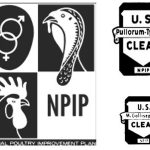
Cackle Hatchery® and Cackle’s Chicken Breeder Farms are members of the National Poultry Improvement Plan (NPIP). But exactly what is NPIP? What is NPIP? The National Poultry Improvement Plan is a nationwide collaboration between state and federal departments of agriculture. Its purpose is to monitor member flocks and hatcheries and certify them as being free […]
Continue Reading
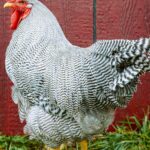
Barred Plymouth Rock (Exhibition Type) – Sold as Baby Chicks Only
Minimums – Not Sexed = 3
Female = 3
Male = 1
Seasonal/Shipped Feb thru September
Maximum of 5
Continue Reading

Garlic (Allium sativum) has so many beneficial properties that researchers haven’t yet discovered them all. What is well known is that garlic has broad-spectrum antimicrobial properties, making it effective against many bacteria, fungi, viruses, and internal parasites, including protozoa. That’s why so many people are enthusiastic about using garlic for chickens. Allicin and Ajoene Garlic’s […]
Continue Reading
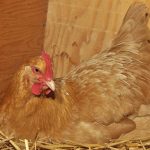
Broodiness is a hen’s instinct to hatch eggs and mother the chicks. A hen that’s thinking of brooding will sit on the nest most of the day and may cluck like a mother hen during the brief time she leaves the nest to eat and eliminate. While she’s on the nest she will puff out […]
Continue Reading
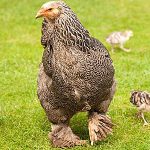
A setting hen doesn’t know (or doesn’t care) whether or not the eggs she hatches are her own. Under natural conditions her nest may consist of a collection of eggs from various hens in the flock. So, you might deliberately use your broody chicken hens as foster moms to hatch eggs laid by other hens, […]
Continue Reading
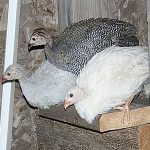
If you raise guinea fowl that you plan to free range, start with keets rather than full-grown birds. Keets become acquainted with their home ground as they broaden their foraging range. Adult guineas, on the other hand, are notorious for flying the coop the first chance they get. By raising guinea fowl from keets you […]
Continue Reading

Precisely how long an egg takes to hatch depends on a lot of factors including species, breed, strain, conditions under which the egg was stored prior to incubation, and conditions during incubation. But whether you plan to hatch eggs in an incubator or under a hen you need a more definitive answer the question: How […]
Continue Reading
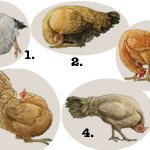
Wry neck is a neurological condition in which a chicken’s head turns to one side or to some other abnormal position. Also called crookneck, the technical word is torticollis, from the Latin words torquere, meaning “to twist,” and collum, meaning “neck.” Wry neck in chickens takes on different forms, including these (illustrated) five: Head tilted […]
Continue Reading
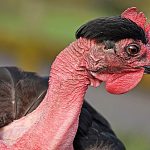
Chickens have no sweat glands, so chicken breeds that originated in hot climates have developed other features to help them stay cool. One is to grow a large comb and wattles, through which blood circulation increases in hot weather to help dissipate body heat. Another warm-climate adaptation is to avoid trapped heat by developing sparse […]
Continue Reading
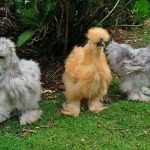
In addition to the miniature versions of large warm weather chicken breeds, five other bantam breeds also do well when the temperature rises. Of those described below, four of the five bantam breeds that tolerate warm weather are true bantams. Bantam Chickens The history of bantam chickens follows that of the Industrial Revolution. As families […]
Continue Reading










